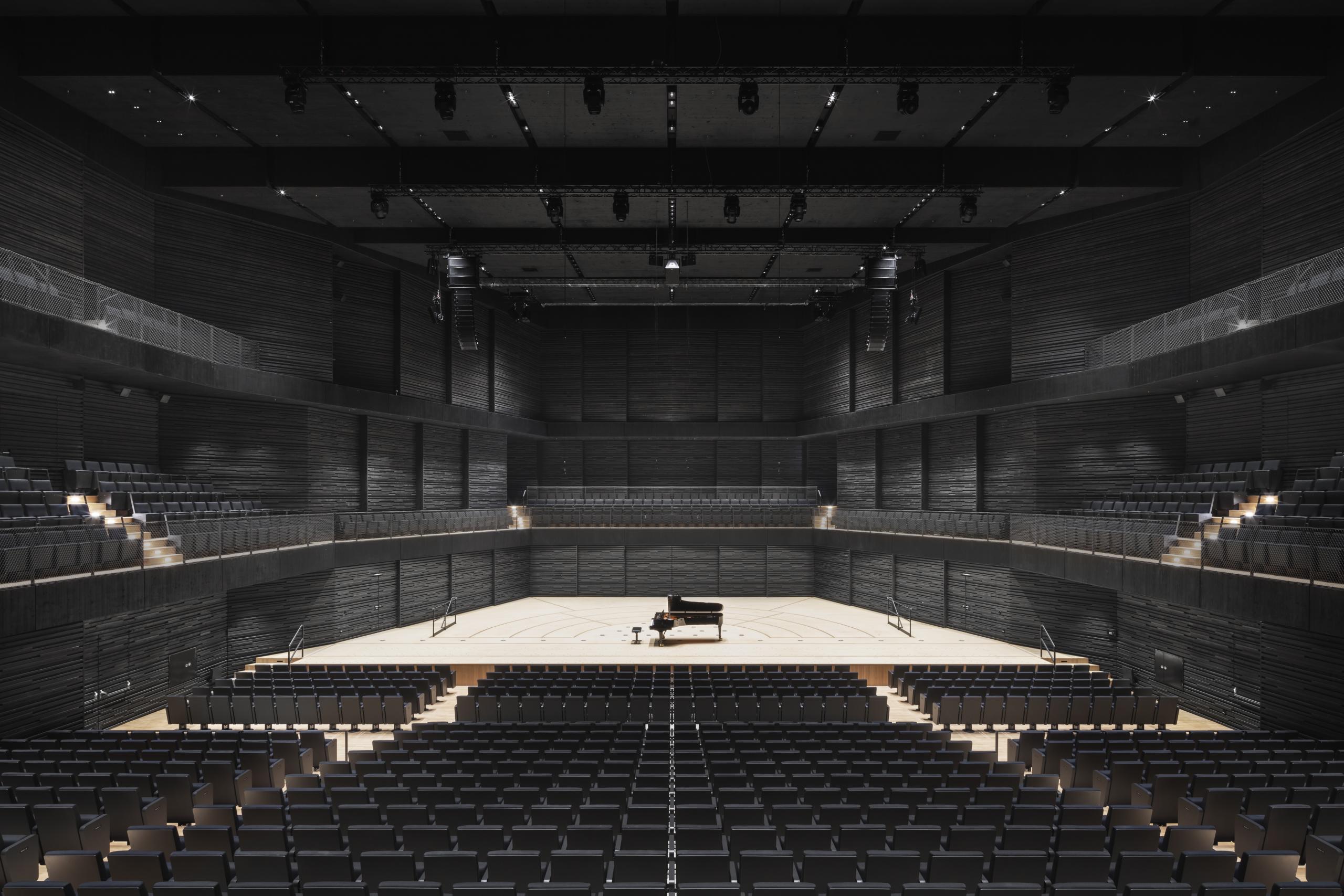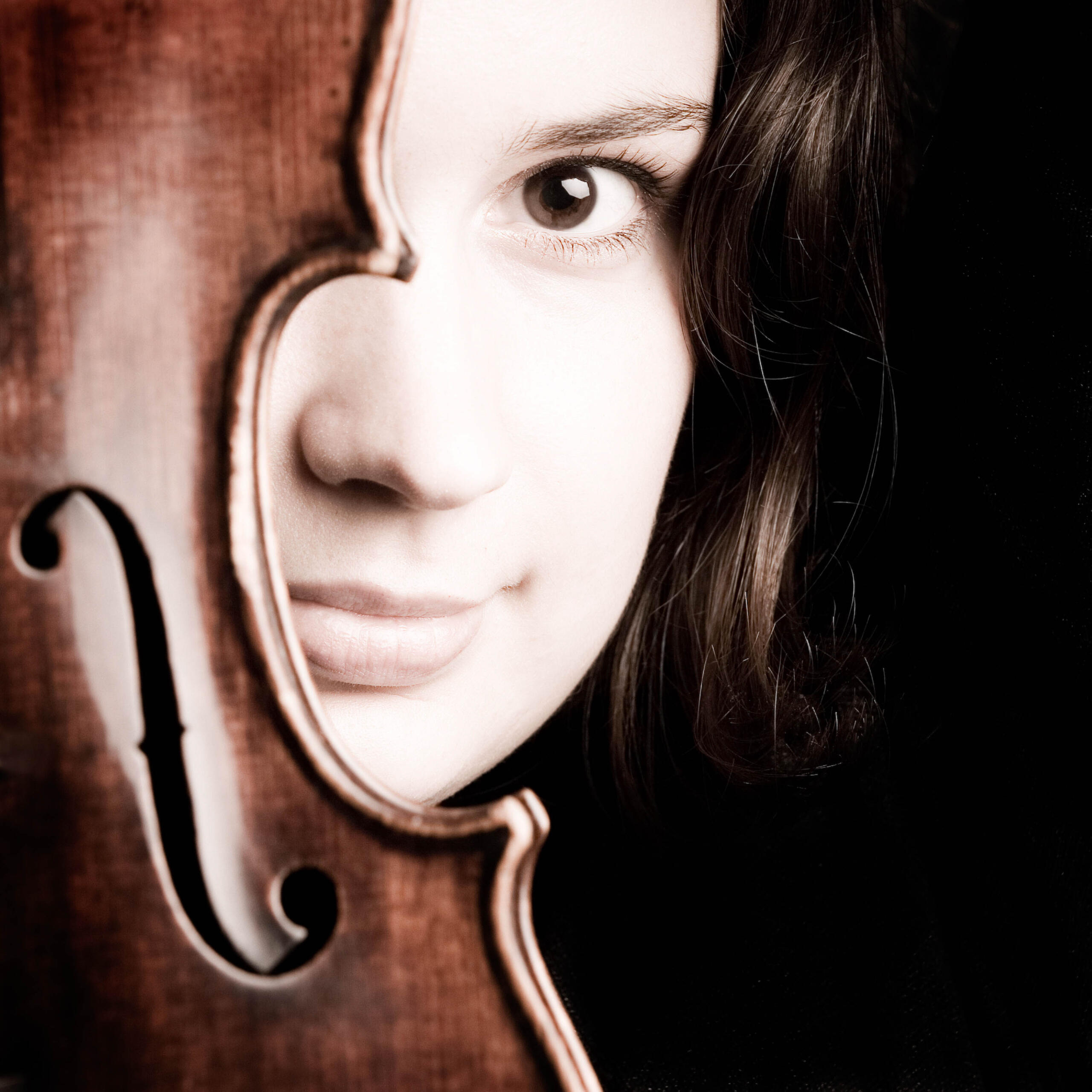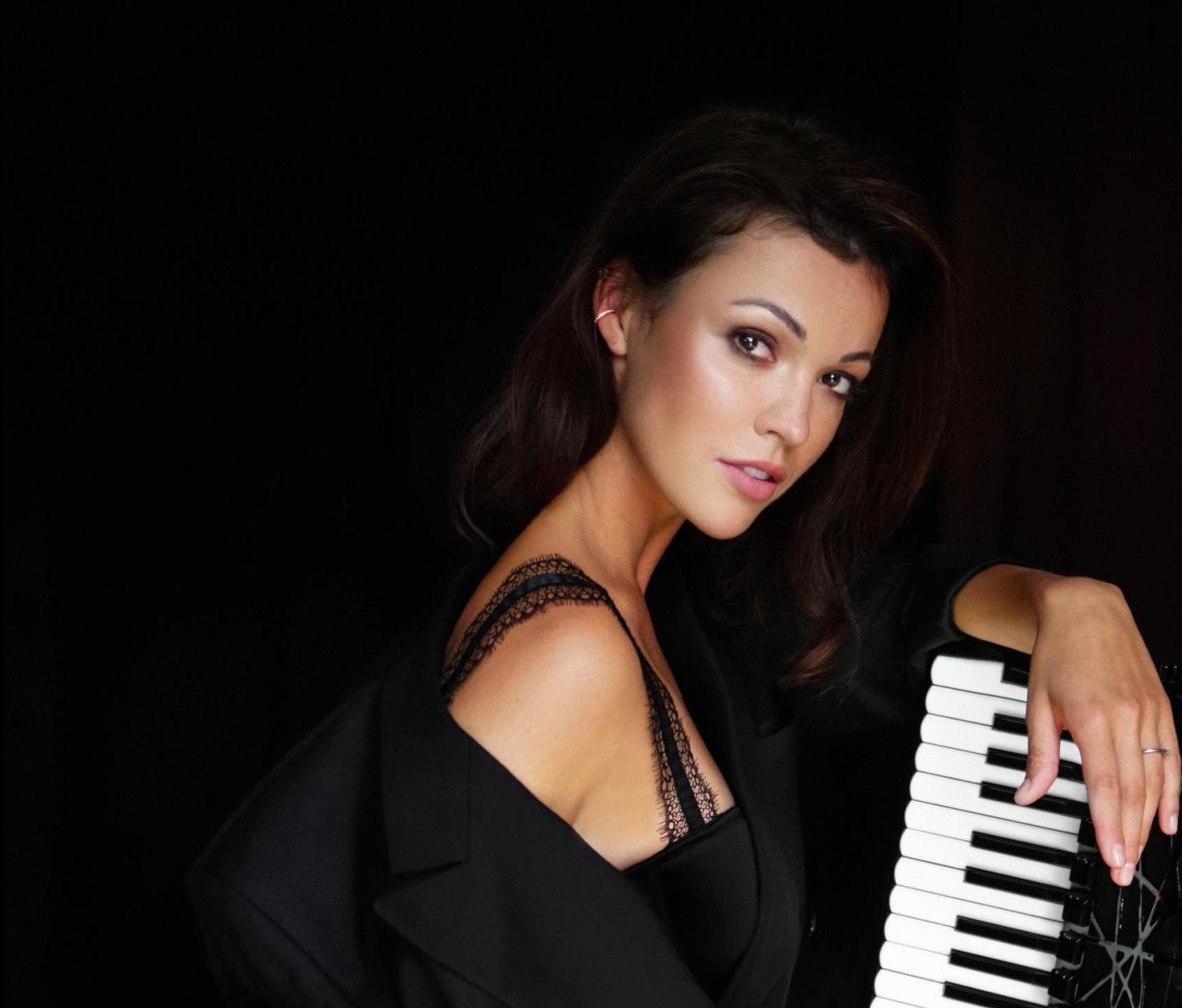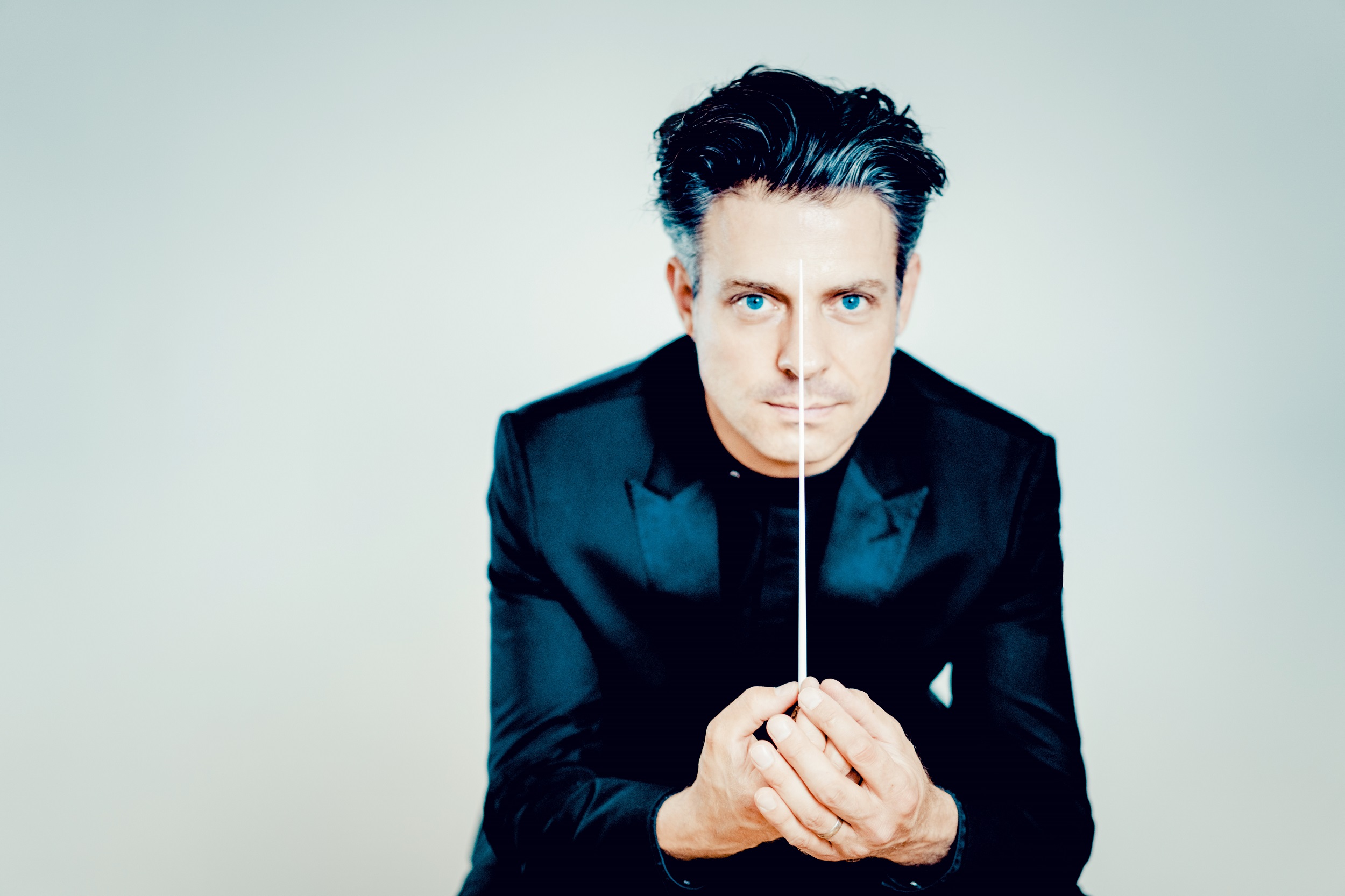Wild, Golden, Swinging – Music of the 20s, 30s and 40sPatentorchester meets oTunes Bigband with Matthias Well (violin) and the Wellcaru trio
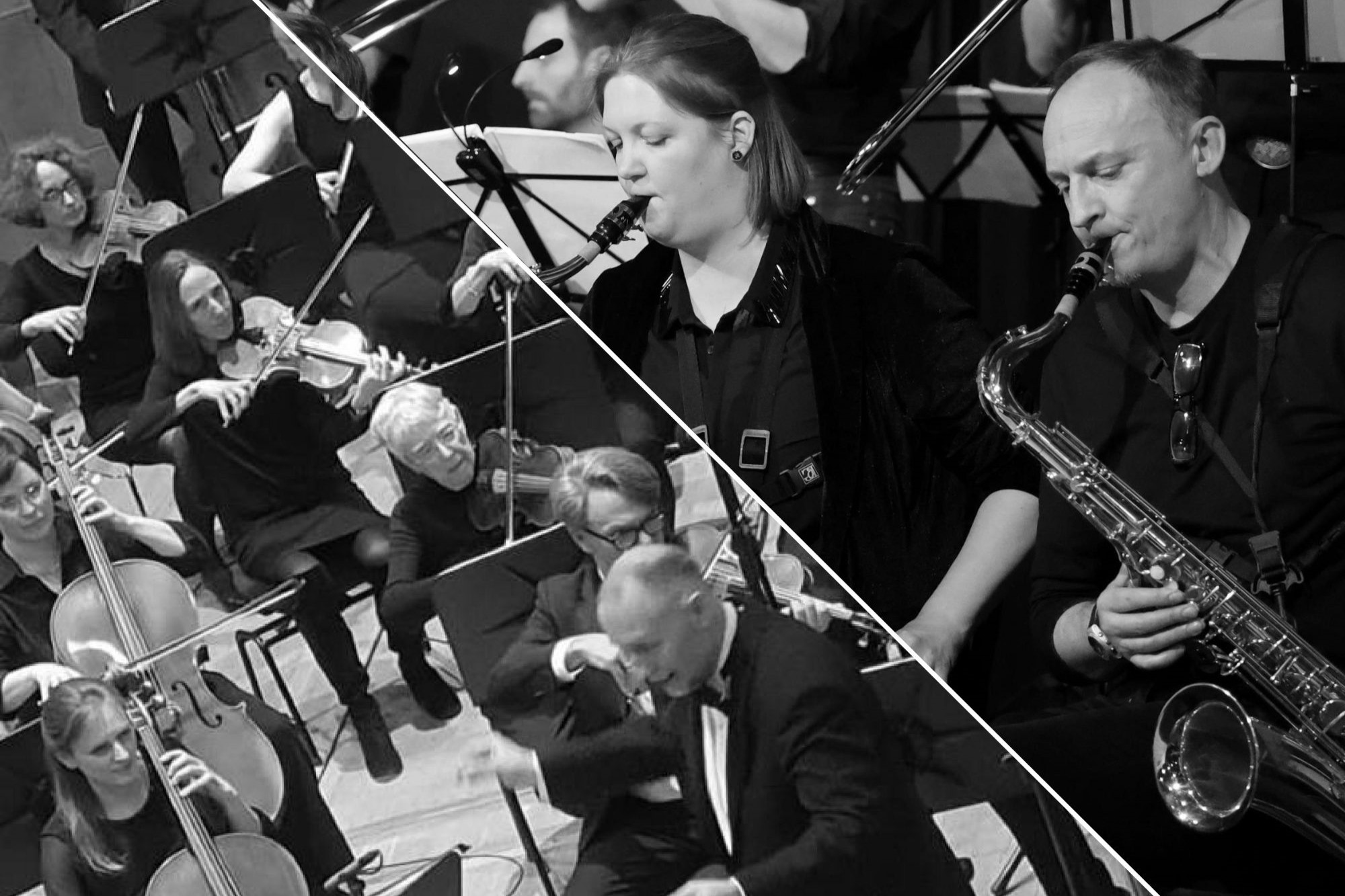
The Patentorchester München and the oTunes Big Band with Matthias Well (violin) and the Wellcaru trio will take you on a journey through the swinging music of the 1920s, 30s and 40s. A period of tradition and innovation, political upheaval, cultural awakening and creative energy, the era was characterised by intense music, wild dancing and unfettered spirit.
The Patentorchester München and the oTunes Big Band with Matthias Well (violin) and the Wellcaru trio will take you on a journey through the swinging music of the 1920s, 30s and 40s. A period of tradition and innovation, political upheaval, cultural awakening and creative energy, the era was characterised by intense music, wild dancing and unfettered spirit.
The economic boom in the 1920s had led to a flourishing of science and the arts. Berlin was alive with popular music, fuelled by the pulsating vibe of the metropolis and the nascent influence of mass media. Dance halls, cinemas, cabaret and revues flourished, and parties were the order of the day. With jazz becoming ever more popular and dresses ever shorter, a new attitude to life emerged in Germany. The famous “Berlin air” was filled with the sounds of cabaret and dance music, consisting of a mix of German tradition and American imports like swing and jazz. This cultural mix is evident, for example, in the Tänzerische Suite for jazz band and symphony orchestra. Its composer, Eduard Künneke, was known mainly for his operettas and pop hits, but also composed many film scores and instrumental works.
The 1930s saw the country descend into oppressive darkness, with the National Socialists’ rise to power. Music became increasingly politicised and censored, prompting many artists to flee the country and rebuild their careers abroad. Two of these emigrants were Kurt Weill, who enjoyed success on Broadway with his musical Lady in the Dark, and Friedrich Hollaender, who created his most famous work shortly before emigrating: the music for the film The Blue Angel, which propelled Marlene Dietrich to international fame.
Even in the war-ravaged 1940s, film and popular music flourished in Germany. The influence of American jazz in particular was undeniable and continued to characterise the musical landscape of the time. Bands like Duke Ellington’s exerted a marked influence on German musicians and composers that drew inspiration from jazz. Cinema and revues offered an escape from everyday life, a welcome distraction. But music was not just about entertainment; it also served as an expression of the desire for freedom and of resistance against oppression.
In all, the music of the 1920s, 30s and 40s in Germany – and especially Berlin – testifies to the diversity and resilience of human creativity, which remained alive even in the 20th century’s darkest hour.
With the support of the European Patent Office
